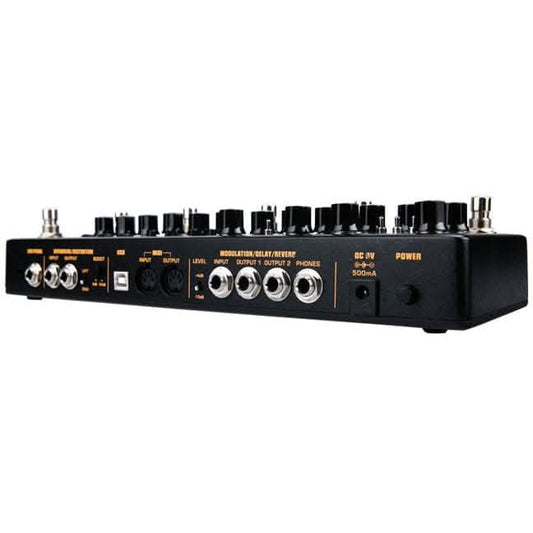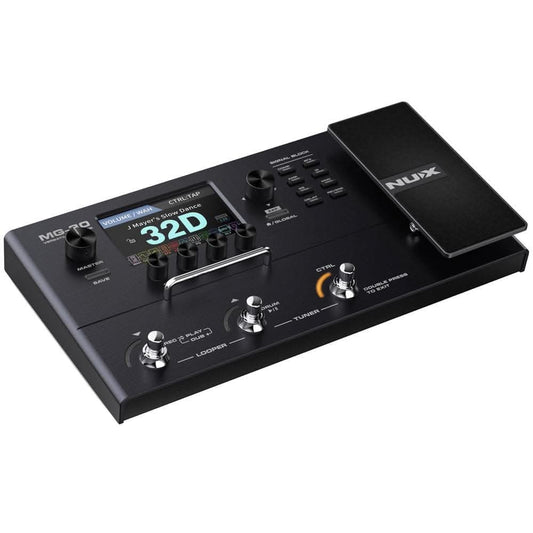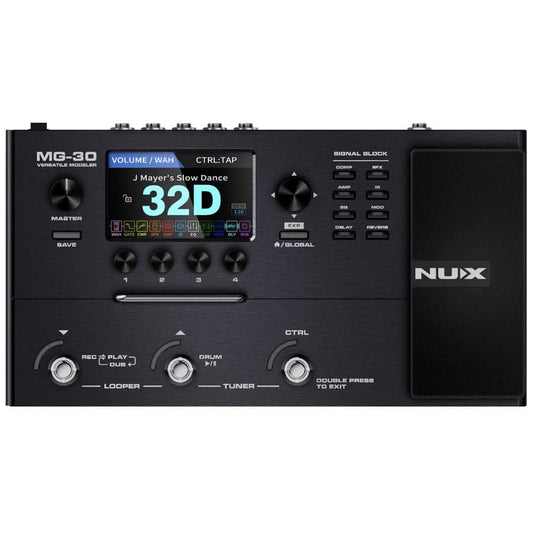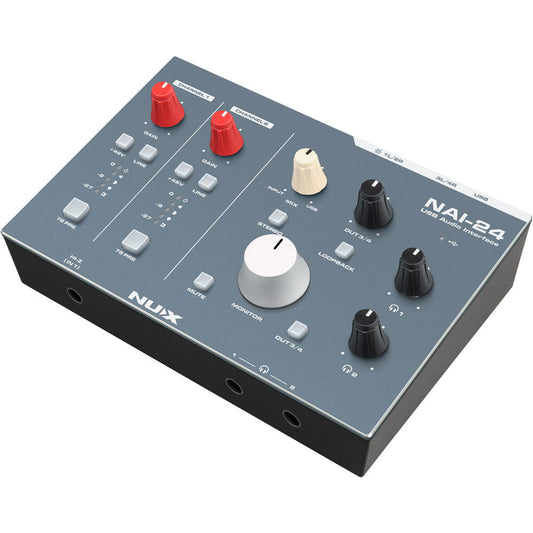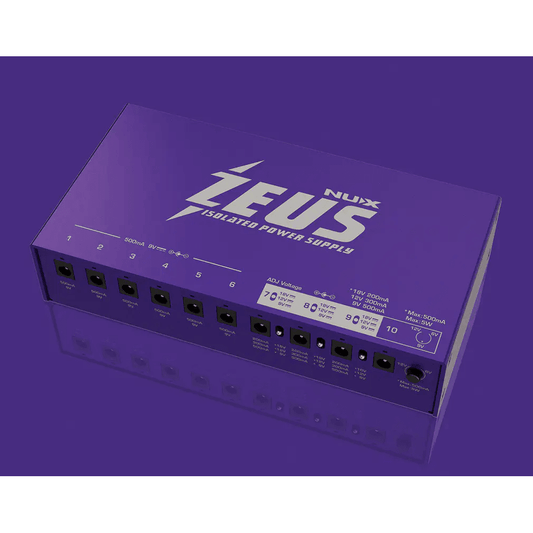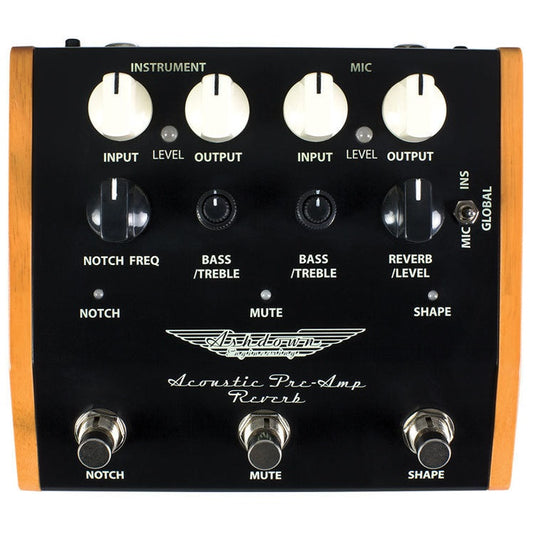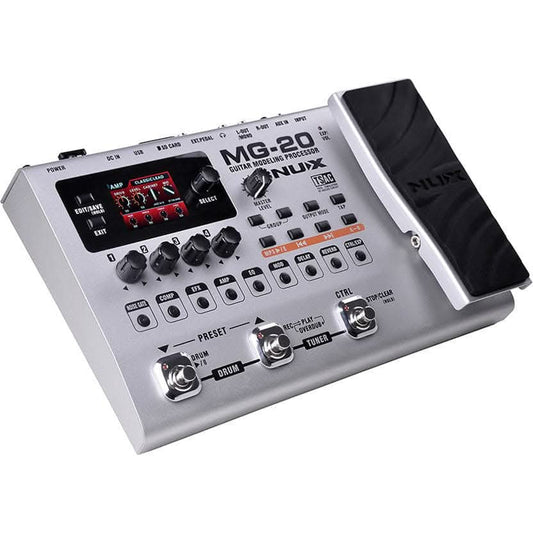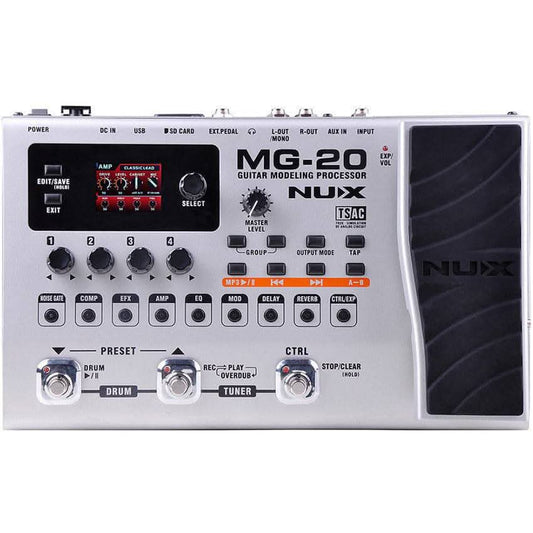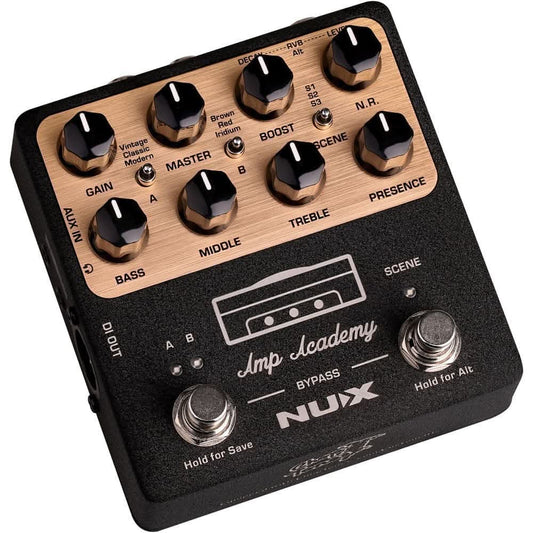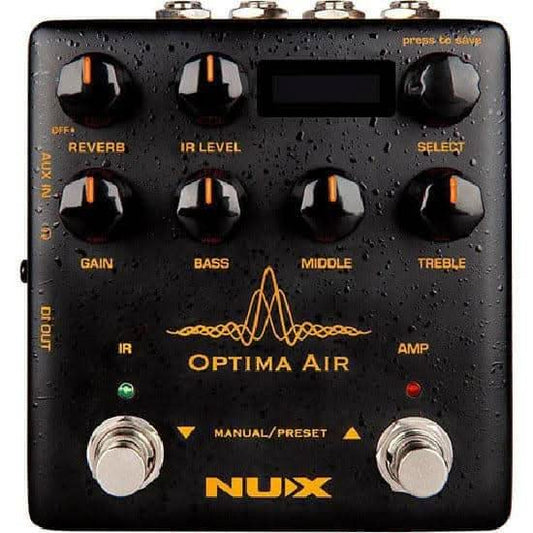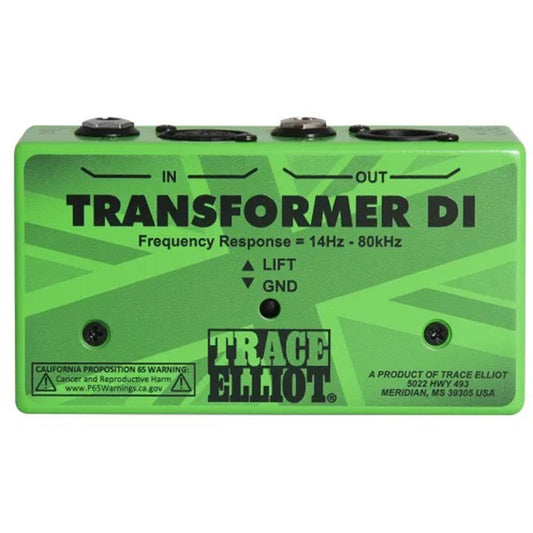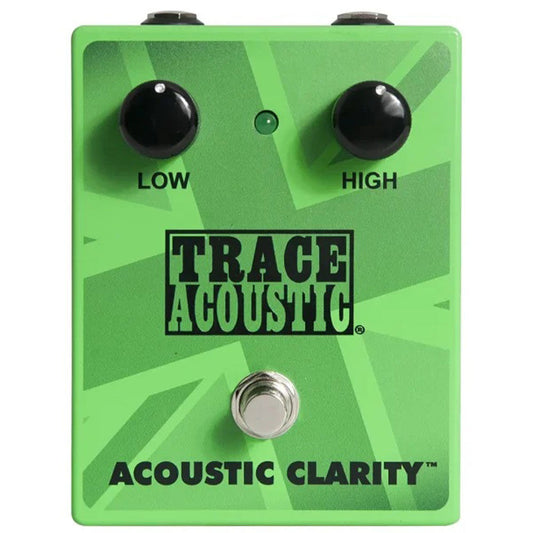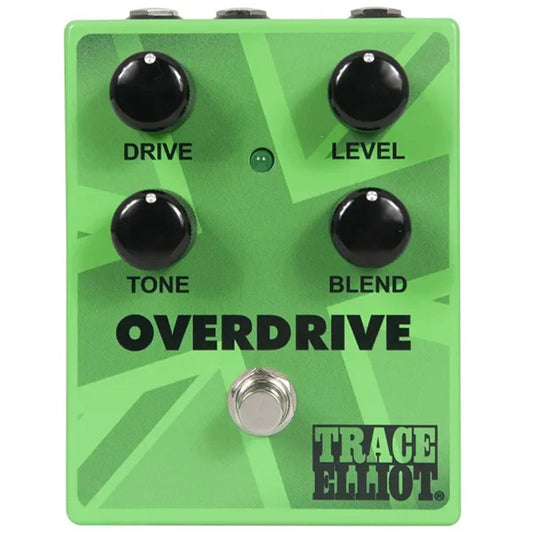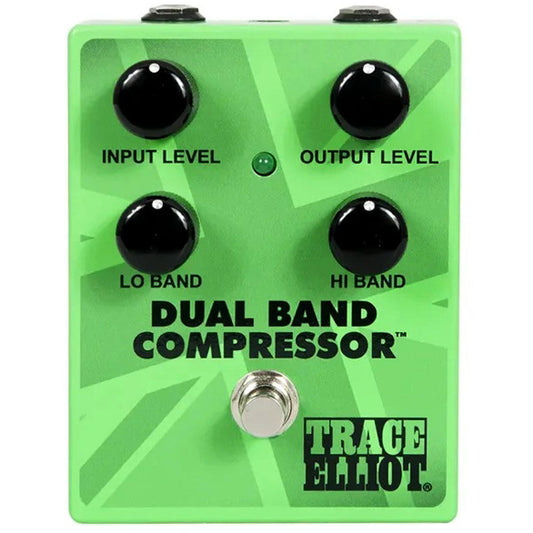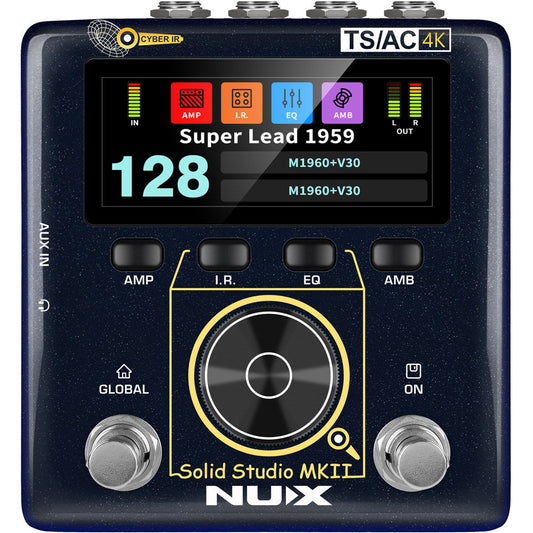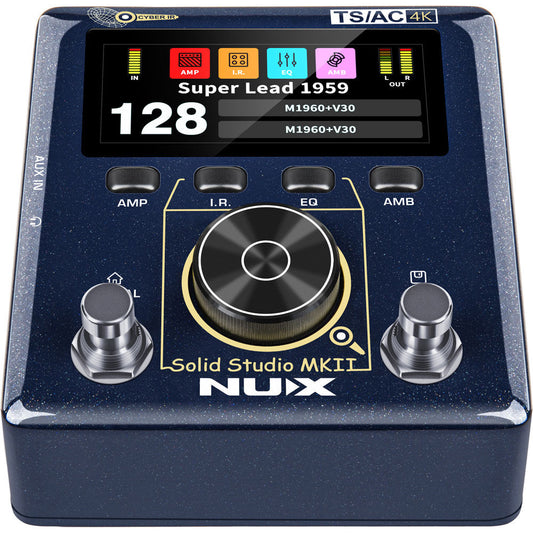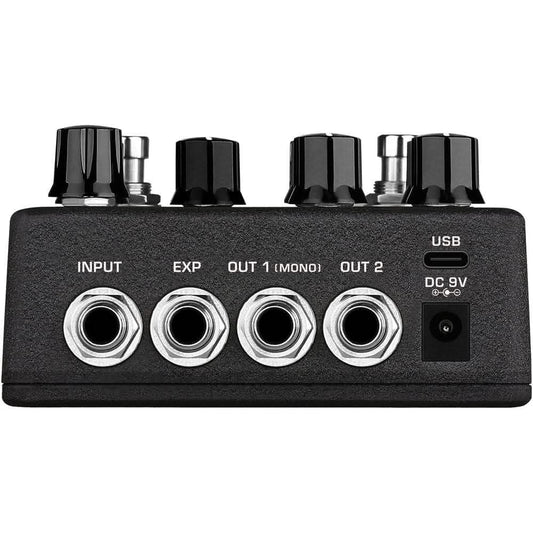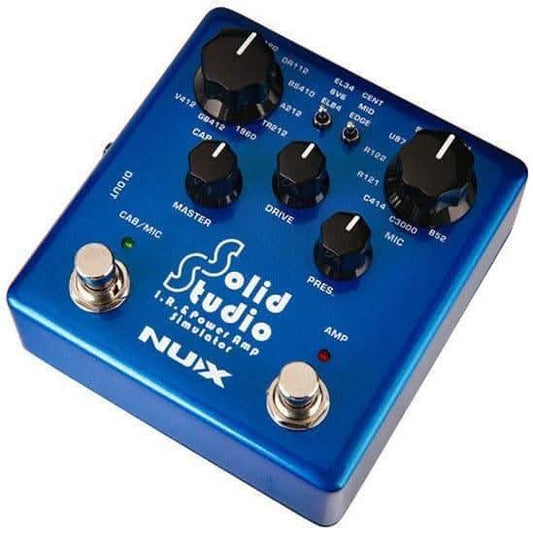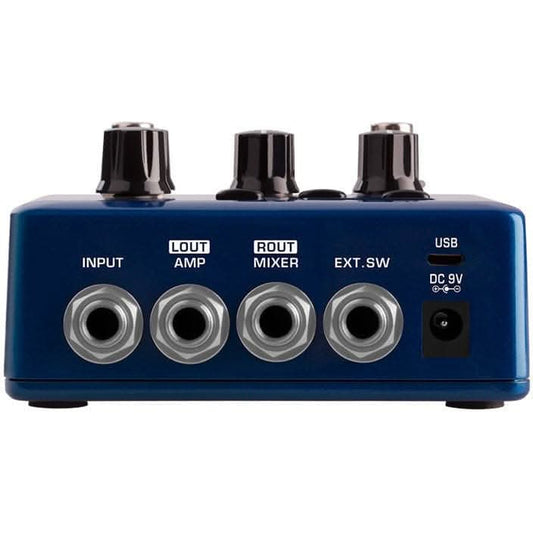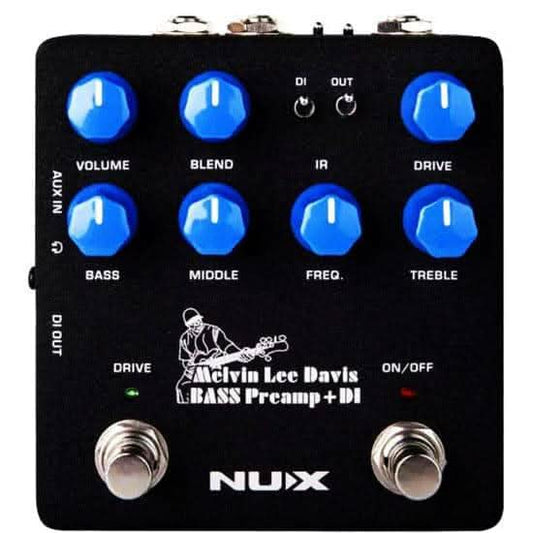Collection: Effects Pedals
-
NU-X Cerberus Integrated Multi-Effects & Controller, Inside Routing & IR Loader
No reviewsRegular price $526.00Usually $569Sale priceOur Price $526You Save $43 -
NU-X MG-30 Versatile Guitar Modeling Processor
No reviewsRegular price $517.00Usually $559Sale priceOur Price $517You Save $42 -
Ashdown "ORIGINal" Valve Driven Pre Amplifier/DI Pedal
Regular price $507.00Usually $549Sale priceOur Price $507You Save $42 -
NU-X NAI-24 Professional 2x4, 32-Bit/192kHz USB Audio Interface
No reviewsRegular price $449.00 -
NUX Zeus Isolated Variable Power Supply
Regular price $439.00 -
NU-X MG-20 Guitar Modeling Processor
No reviewsRegular price $399.95 -
NU-X Verdugo Series Amp Academy Amplifier Modeling Pedal
No reviewsRegular price $379.95 -
NU-X Verdugo Series Optima Air Acoustic Simulator & IR Loader Pedal
No reviewsRegular price $369.00 -
Trace Elliot Transformer DI Pedal | Pro Balanced Conversion
No reviewsRegular price $359.00 -
Trace Acoustic Clarity Pedal | Enhance Acoustic Tone
No reviewsRegular price $359.00 -
Trace Elliot Overdrive Pedal | Tube-Like Bass Drive & Tone
No reviewsRegular price $359.00 -
Trace Elliot Dual Band Compressor | Pro Bass Dynamics
No reviewsRegular price $359.00 -
Peavey Legacy VTM Preamp Pedal | Authentic 1987 VTM Tone
No reviewsRegular price $359.00 -
Peavey Legacy Series Session-LTD400 Preamp Pedal
No reviewsRegular price $359.00 -
Peavey Legacy Series Rock Master Preamp Pedal
No reviewsRegular price $359.00 -
Peavey Legacy Series Bandit Supreme Teal Stripe Preamp Pedal
No reviewsRegular price $359.00 -
NU-X Verdugo Series Tape Echo Effects Pedal
No reviewsRegular price $359.00 -
NU-X Verdugo Series Solid Studio IR & Power Amp Simulator
No reviewsRegular price $339.00 -
NU-X Verdugo Series JTC Drum & Loop Pro Dual Switch Looper Pedal
No reviewsRegular price $329.00 -
NU-X Verdugo Series "Melvin Lee Davis" Bass Preamp & DI Pedal
No reviewsRegular price $319.95 -
Ashdown "MiBass" Bass Specific Audio Interface
Regular price $299.95


